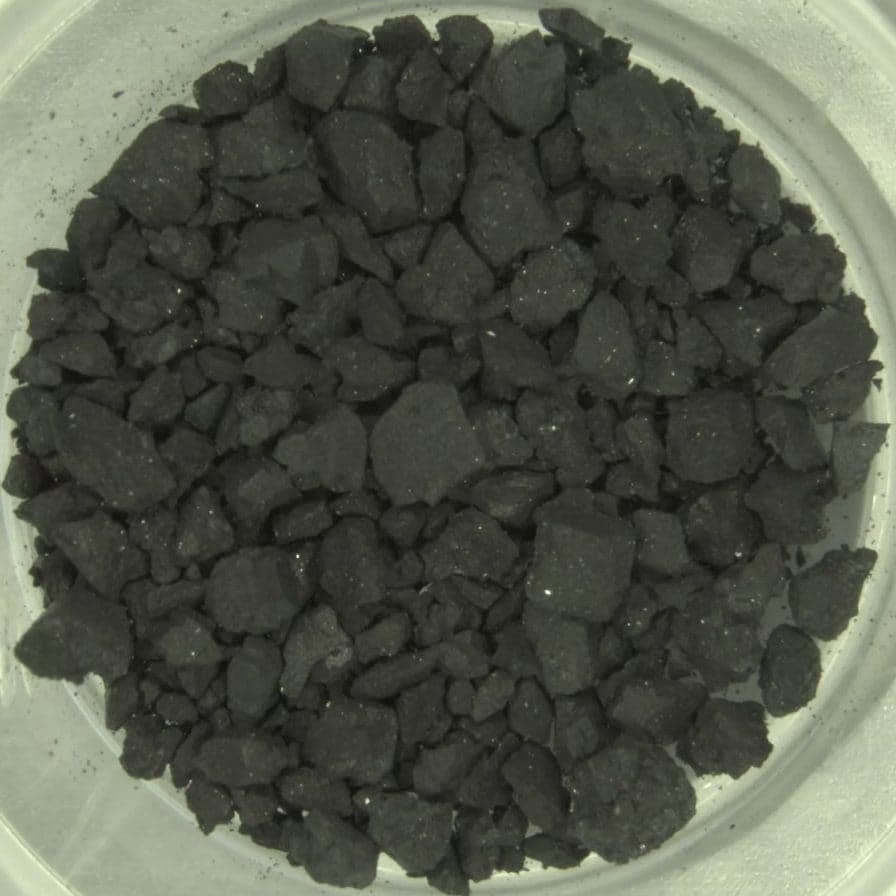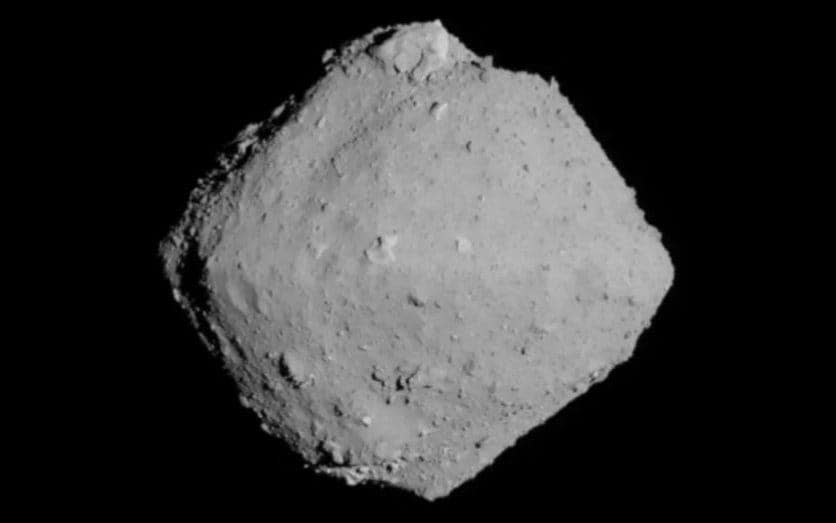How the building blocks for life arrived on Earth

The building blocks for life likely arrived on Earth from an asteroid, scientists believe, after discovering the best evidence yet that the key chemicals came from space rocks.
A mission to the asteroid Ryugu in 2018 saw soil samples returned to Earth in a sealed container, free from any contamination.
The Hayabusa 2 mission brought the samples back to Earth in 2020 and the pristine grains have been found to contain uracil and vitamin B3.
Uracil is one of the four nucleobases of RNA, the sister molecule of DNA, and is essential for both complex and simple life on Earth.
This is not the first time nucleobases have been found in space but it is the best, most robust evidence yet.
Contamination ruled out
“There was always the question of contamination by exposure to the Earth's environment,” Dr Yasuhiro Oba at Hokkaido University, who analysed the samples, said.
“Since the Hayabusa 2 spacecraft collected two samples directly from asteroid Ryugu and delivered them to Earth in sealed capsules, contamination can be ruled out.”
The analysis involved soaking the space dirt into hot water and putting the steam through a machine to determine what chemicals are present.

“We found uracil in the samples in small amounts, in the range of 6–32 parts per billion (ppb), while vitamin B3 was more abundant, in the range of 49–99 ppb,” Dr Oba added.
“Other biological molecules were found in the sample as well, including a selection of amino acids, amines and carboxylic acids, which are found in proteins and metabolism, respectively.”
Prof Lewis Dartnell, an astronomer at the University of Westminster, who was not involved in the study, told The Telegraph: “The precursors/basic building blocks of RNA/DNA were known to exist in outer space – uracil for example has been found in a meteorite.
“But the discovery of uracil in the Ryugu samples is still interesting, as those samples absolutely could not have been contaminated with biomolecules from Earth (which is a risk with meteorites recovered from the ground).
“This sort of work shows that the building blocks of life on Earth – including nucleobases, amino acids, and so on – form in the cold chemistry of outer space.”

However, while the authors of the study believe the findings strengthen the theory that the raw materials for life on our home planet came from the crash landing of a space rock, Prof Dartnell disagrees.
“My opinion on this is that this is more a demonstration of just how good carbon is at building complex chemistry, rather than suggesting that life on Earth started from molecules delivered from outer space,” he said.
“If uracil and so on can form in the cold depths of outer space then they would likely have also been produced in the prebiotic chemistry of the primordial Earth’s oceans – such as around hydrothermal vents.”
Dr Daniel Brown, associate professor in astronomy at Nottingham Trent University, also believes this study is not yet the “smoking gun of a Panspermia where life came to Earth from space”.
“What is important here is that this material has been brought back from an asteroid directly collected and kept protected from any contamination from us,” he told The Telegraph.
“So we are looking at pristine matter and have the range of resources and time at hand to explore it here.
“In my opinion, it shows that these building blocks exist and can survive in asteroid material even though they are quite unstable.
“However, the big challenge would be how well this material would survive a high temperature entry into the Earth’s atmosphere and extreme conditions during impact.
“It is interesting to see how this material is present outside of our planet – on asteroids - and could tell us how life could form in extreme environments.”
The findings are published in the journal Nature Communications.

 Yahoo News
Yahoo News 